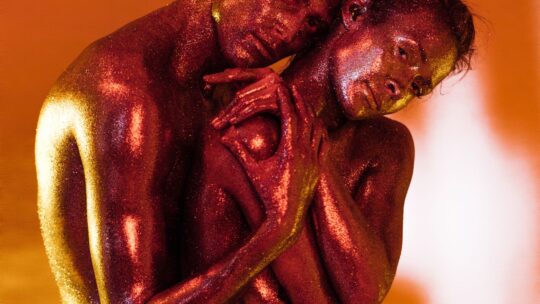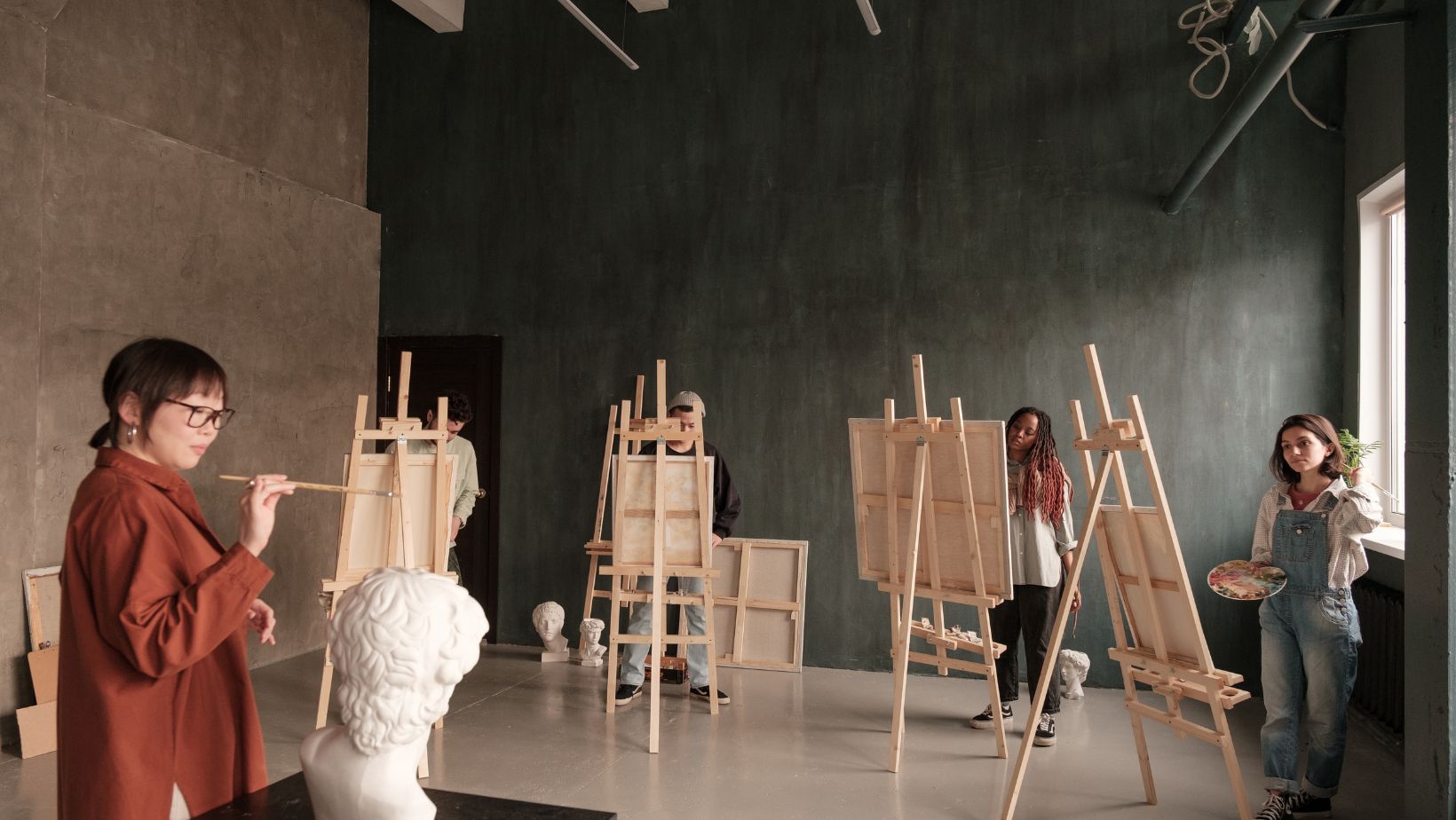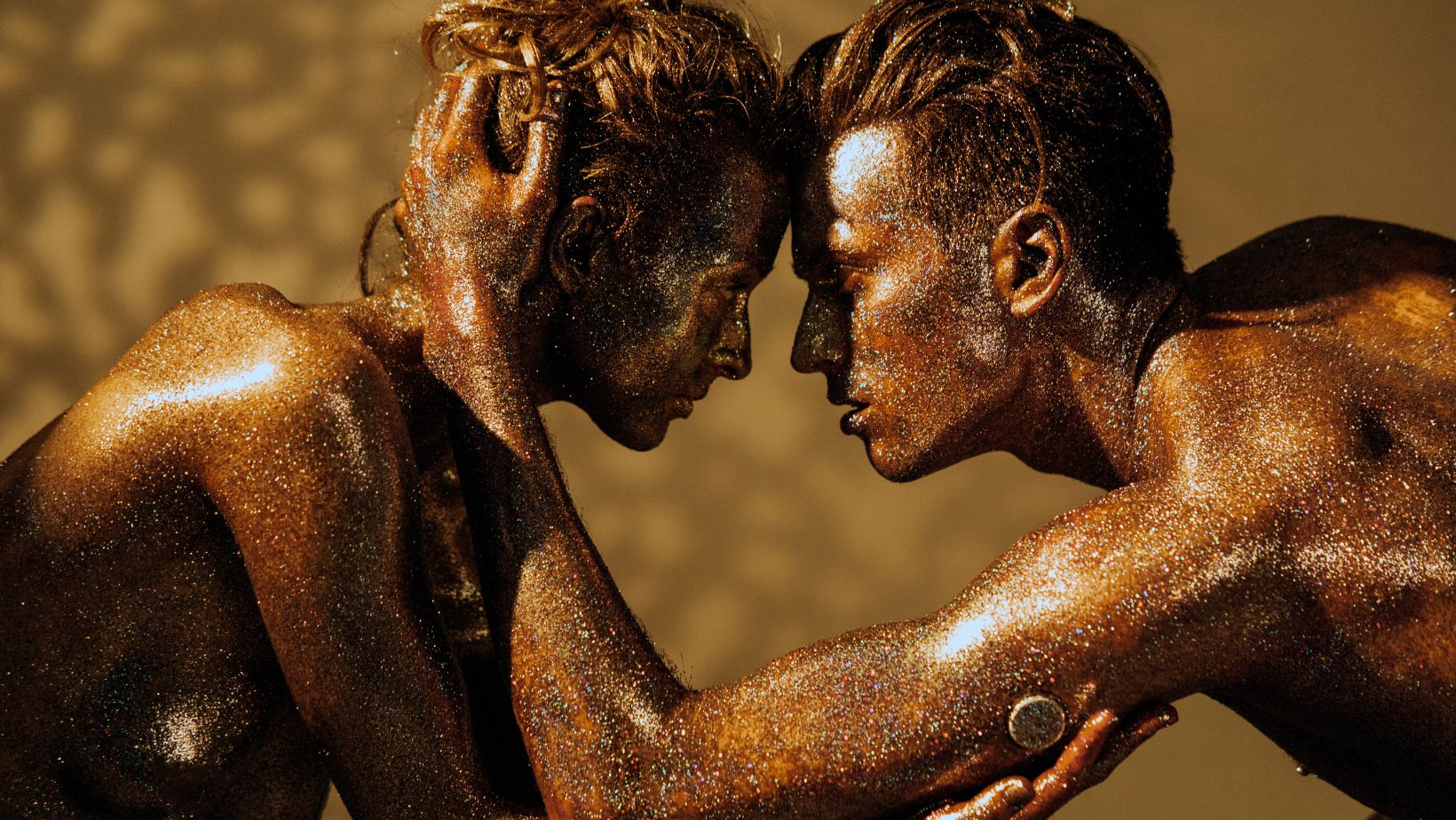
Nudity has long been a central theme in art, transcending cultures and epochs to provoke thought, challenge norms, and evoke emotion. Artists throughout history have utilized nudity as a powerful tool to explore themes of beauty, vulnerability, and the human experience. From classical sculptures depicting idealized forms to modern interpretations that push boundaries, nudity in art has played a significant role in shaping societal perceptions and cultural discourse.
1. Historical Perspectives Nudity in art dates back to ancient civilizations such as Greece and Rome, where sculptors celebrated the human form in statues of gods and athletes. These representations set a precedent for the aesthetic appreciation of nudity as a symbol of beauty and virtue.
2. Renaissance and Realism During the Renaissance, artists like Michelangelo and Leonardo da Vinci portrayed nude figures with anatomical precision, reflecting a renewed interest in humanism and realism. The nude became a means to explore the complexities of the human condition and the divine.
3. The Enlightenment and Romanticism In the Enlightenment era, nudity in art evolved to challenge societal norms and advocate for personal freedom. Romantic artists, such as Eugène Delacroix and Francisco Goya, used nudity to convey raw emotion and individual expression, often in opposition to the constraints of society.
4. Modern and Contemporary Art The 20th century witnessed a radical redefinition of nudity in art. Artists like Pablo Picasso and Henri Matisse experimented with abstract forms and fragmented bodies, while figures like Egon Schiele and Gustav Klimt portrayed a more intimate, psychological nudity that explored identity and existential themes.

5. Cultural Perspectives Nudity in art varies widely across cultures, reflecting diverse attitudes towards the human body and sexuality. In some cultures, nudity is celebrated as natural and unashamed, while in others, it remains taboo or strictly regulated by societal norms and religious beliefs.
6. Social Impact and Controversies The depiction of nudity in art has sparked numerous controversies throughout history, challenging moral sensibilities and pushing the boundaries of public acceptance. Artworks like Édouard Manet’s “Olympia” and Marcel Duchamp’s “Nude Descending a Staircase” provoked outrage and debate, yet they also catalyzed discussions on gender, power dynamics, and artistic freedom.
7. Nudity and Gender Representation The portrayal of nude figures in art often reflects and perpetuates societal norms regarding gender roles and representations. Contemporary artists are increasingly challenging traditional stereotypes by depicting diverse bodies and identities, promoting inclusivity and body positivity.
8. Psychological and Philosophical Perspectives Psychologically, nudity in art can evoke powerful responses from viewers, tapping into primal instincts of desire, vulnerability, and empathy.

Philosophically, it prompts contemplation on the nature of beauty, the self, and the boundaries between public and private.
9. Artistic Freedom and Censorship The debate over artistic freedom versus censorship continues to shape the portrayal of nudity in art today. While some argue for unrestricted artistic expression as essential to cultural evolution, others advocate for sensitivity and respect towards diverse audiences and beliefs.
10. Contemporary Trends and Digital Art In the digital age, artists are exploring new mediums and platforms to redefine nudity in art. Digital art and virtual reality offer innovative ways to engage with and experience nudity, challenging traditional definitions and expanding artistic possibilities.
MetArt blogs in art remains a dynamic and evolving subject, reflecting the complexities of human identity, societal values, and artistic expression. As we continue to explore and interpret the role of nudity in art, it is essential to recognize its profound impact on shaping our perceptions, challenging conventions, and fostering cultural dialogue.


















